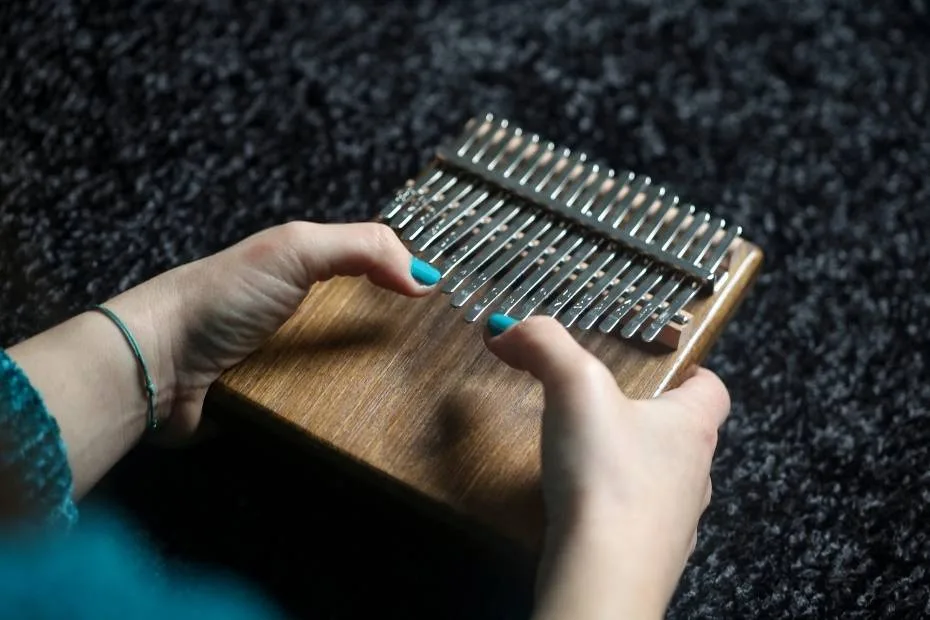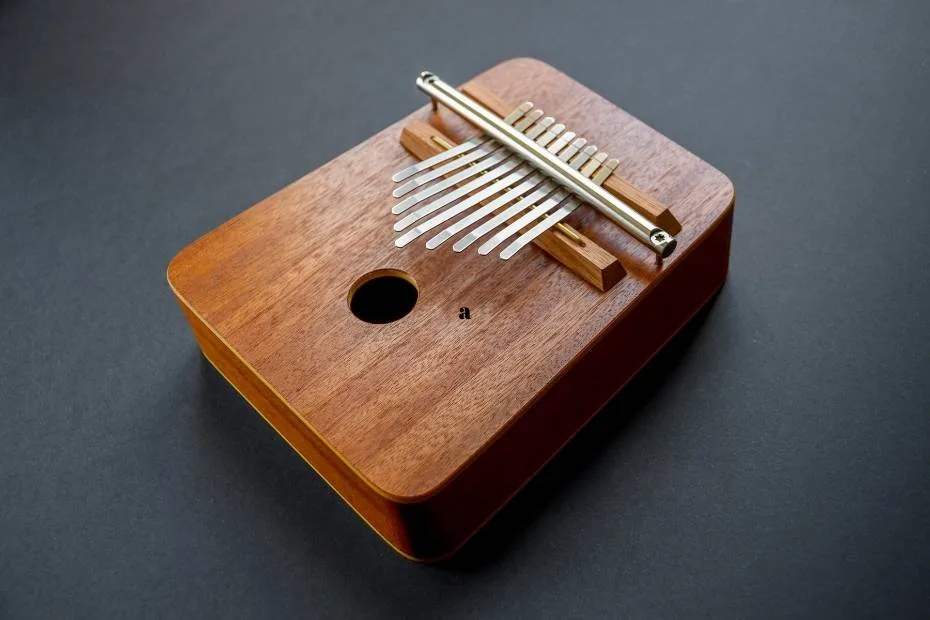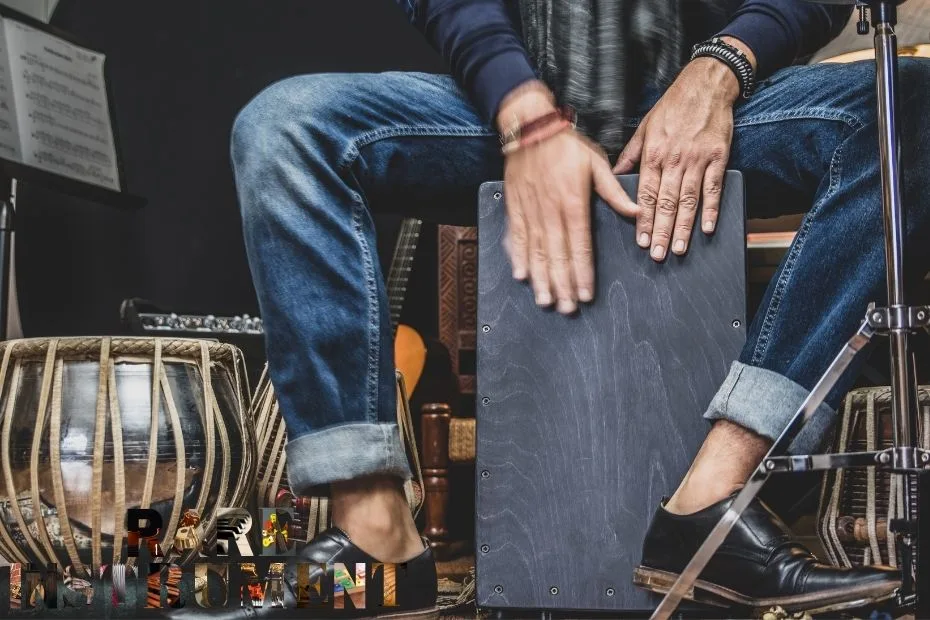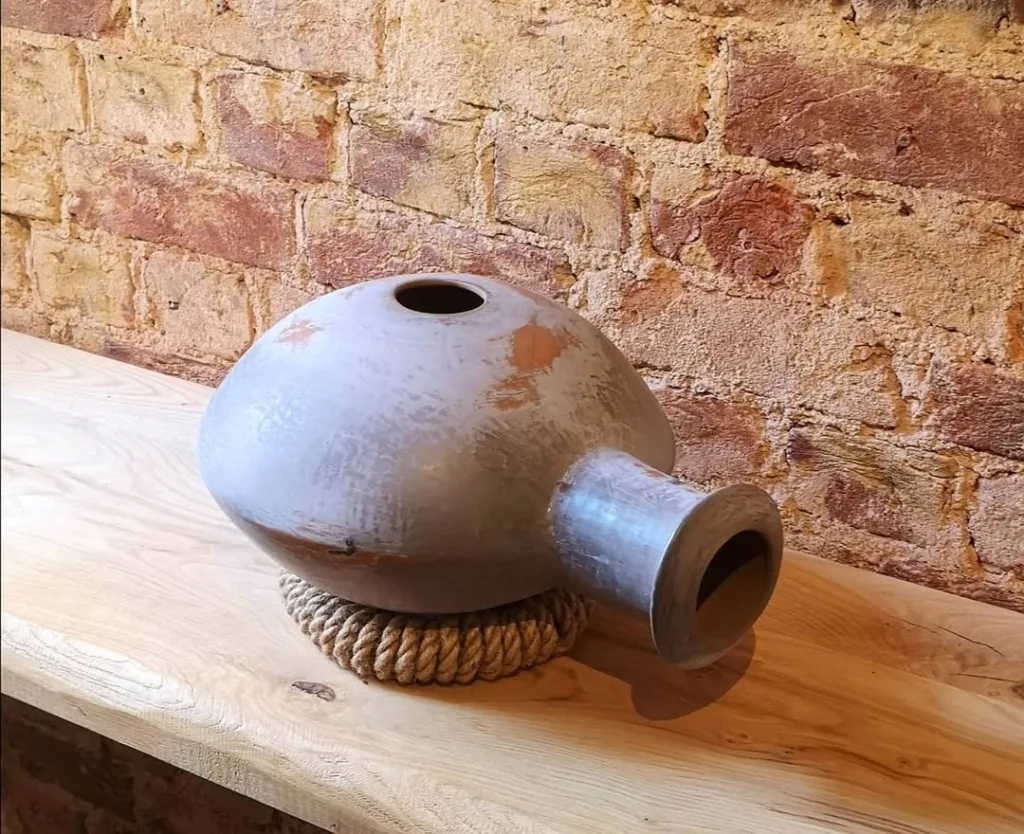Few instruments are as portable, soothing, and instantly inspiring as the kalimba—often called the thumb piano. Rooted in centuries-old African lamellophones (like the mbira, likembe, and sanza), the modern kalimba delivers a bright, bell-like tone that fits equally well in meditation, pop, film scoring, and classroom settings. If you’re curious about how to choose the best kalimba, how it’s tuned, or how to get started playing, this guide brings everything into clear focus—beautifully and practically.
Kalimba Features at a Glance
| Feature | What It Means | Why It Matters | Typical Options |
|---|---|---|---|
| Key Count | Number of metal tines | More keys = wider note range | 17-key, 10–12-key, 21–34-key |
| Body Style | Flatboard or resonant box | Box adds volume; flatboard is compact | Box (sound hole), Flatboard |
| Tuning | Scale and key layout | Shapes your instrument’s mood | C Major, G Major, Pentatonic, Chromatic |
| Wood | Body material and density | Tone, weight, and sustain | Mahogany, Koa, Maple, Acacia |
| Amplification | Pickup for live/recording | Plug-and-play convenience | Piezo, Magnetic, Mic only |
| Size | Overall dimensions | Comfort and portability | ~18–20 cm wide for 17-key, smaller for 10–12-key |
| Skill Level | Player experience | Match complexity to your goals | Beginner, Intermediate, Advanced |
| Price Range | Approximate market | Balance quality vs. budget | $25–$60 (starter), $70–$150 (mid), $200+ (pro) |
 What Is a Kalimba?
What Is a Kalimba?
The kalimba is a modern member of the African lamellophone family—plucked instruments with tuned metal tongues (tines) fixed to a wooden soundboard. While traditions vary across regions (notably Zimbabwe’s mbira with complex interlocking patterns), the contemporary kalimba popularized in the mid-20th century emphasizes portability, diatonic tunings, and an intuitive left-right note layout. It’s easy to start, yet deep enough to explore for a lifetime.
How It Works
Each metal tine extends over a bridge and is anchored near the center of the instrument. You pluck with your thumbs, and the vibrating tine transfers energy into the wood body, which acts as a resonator. Box-style kalimbas add a sound hole for projection; covering and uncovering this hole creates the classic “wah” effect. The result is a shimmering, harp-like tone that sits beautifully in acoustic mixes—or stands alone for solo meditations.
Common Sizes and Types
17-Key (Standard)
Most popular for beginners and hobbyists. Typically tuned to C Major, the 17-key layout offers a two-and-a-half–octave range with intuitive alternating notes. It’s the sweet spot for learning songs, exploring harmonies, and composing.
10–12 Key (Travel/Beginner)
Compact, lightweight, and perfect for small hands or classroom use. A 10–12 key kalimba is less versatile harmonically but incredibly friendly for first steps and simple melodies.

21–34 Key (Extended/Advanced)
For players who want expanded range or accidentals without retuning. These models are great for arranging pop songs, film cues, and more complex repertoire. Expect a slightly larger body and steeper learning curve.
Body Styles: Box vs. Flatboard
- Box (Resonator): Louder, warmer, with the expressive “wah” effect via the sound hole. Great for unplugged sessions.
- Flatboard (Solid): Slim, durable, and articulate. Often preferred in studio settings or when portability is key.
Special Variants: Chromatic and Electric
- Chromatic Kalimba: Adds sharps/flats (often on a rear row of tines) for full scale access. Versatile but demands precise technique.
- Electric Kalimba: Built-in pickup for amplification and effects. Ideal on stage or for sound design.
Sound and Tunings
Standard Tunings
The go-to is C Major on a 17-key, arranged so low notes sit in the center and higher notes alternate outward left-right. Many makers also offer G Major or F Major by default. This alternating layout encourages flowing arpeggios and rich, two-hand patterns.
Alternative Flavors
- Pentatonic (e.g., C major pentatonic): Calming and improvisation-friendly—no “wrong” notes.
- Modal (Dorian, Mixolydian): Adds world-music color for cinematic textures.
- Traditional tunings (inspired by mbira styles): Complex interlocking patterns and trance-like grooves.
Retuning is straightforward: nudge a tine forward (lower pitch) or backward (raise pitch) using a small hammer. Always tune with a chromatic tuner app and make tiny adjustments.
How to Choose the Best Kalimba for You
- Purpose: For relaxation and learning, a 17-key in C Major is perfect. For stage or recording, consider electric models.
- Build Quality: Check that tines are evenly spaced, firmly clamped, and smooth at the tips. Bridges should be stable to maintain tuning.
- Wood and Tone: Mahogany tends toward warm and rounded; Maple or Koa can be brighter and more articulate.
- Comfort and Size: If your hands are small, consider a 10–12 key or a slim flatboard.
- Accessories: A quality hard case, tuning hammer, silicone finger guards, and cleaning cloth are essentials. Look for included note stickers if you’re a beginner.
- Support: Brands offering clear documentation, scale charts, and responsive customer service make learning smoother.
Playing Basics: From First Notes to Flow
- Hand Position: Hold the body lightly at the sides; thumbs hover over the tines. Keep fingers relaxed to avoid muting resonance.
- Plucking: Use the soft pads or thumbnails to push slightly downward and release. Aim for consistent attack across both thumbs.
- Patterns: Start with alternating left-right arpeggios, then add simple bass on the center tine to anchor rhythm.
- Expression: Experiment with the “wah” by covering the sound hole, add damping with off-hand fingers for staccato, and explore tremolo by rapid alternating plucks.
- Harmony: Play two notes at once for instant chords. On 17-key C major, common dyads are naturally consonant.
Care and Maintenance
- Tuning: Check weekly if you play often. Small nudges produce stable results; retune before recording.
- Humidity: Keep around 40–60% RH to protect the wood. Use a case and avoid direct sun or heaters.
- Cleaning: Wipe tines after play to reduce corrosion; a tiny bit of mineral oil on the tines can inhibit rust (avoid the wood surface unless appropriate).
- Transport: A padded hard case prevents tine shifts and bridge impacts.
Recording and Amplification Tips
- Microphones: A small-diaphragm condenser 15–30 cm from the sound hole captures clarity; angle slightly off-axis to reduce breath noise.
- Stereo: Spaced pair or XY can emphasize the left-right layout. Add a touch of plate reverb for lushness.
- Pickups: Piezo-equipped kalimbas are convenient on stage. Use a quality DI and light compression to tame transients.
- Noise Control: Minimize finger squeaks by keeping nails smooth and using gentle, consistent plucks.
Quick FAQs
Is a kalimba good for beginners?
Absolutely. A 17-key in C Major is intuitive, affordable, and rewarding within minutes.
Can I play popular songs?
Yes. Many melodies fit diatonic layouts. For complex keys, consider retuning or using a chromatic kalimba.
Does wood really affect the sound?
Yes. Denser woods often yield brighter attack and sustain; lighter woods can sound warmer. The body style (box vs. flatboard) also makes a clear difference.
How often should I retune?
With normal use, light touch-ups every week or two. More frequent if you travel or perform often.
Final Thoughts
The kalimba blends ancient roots with modern versatility, making it one of the most inviting instruments you can own. Whether you’re crafting meditative soundscapes, layering textures in a track, or simply unwinding at the end of the day, a well-chosen 17-key or compact 10–12 key kalimba can become your constant creative companion. Start simple, explore tunings, and let those shimmering tones lead the way.


 What Is a Kalimba?
What Is a Kalimba?
